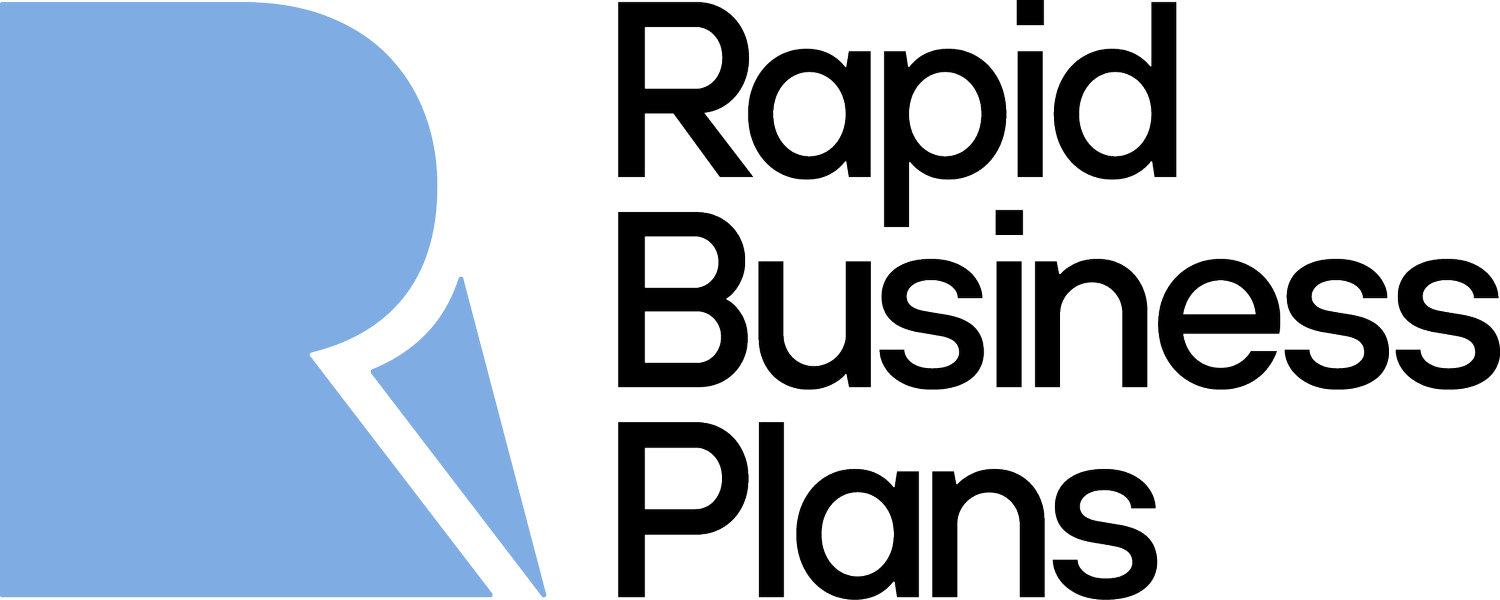What the Fed’s Rate Decision Means for Small Businesses in 2025
/Small business owners hoping for relief from high borrowing costs will have to wait a little longer. The Federal Reserve recently announced that it will hold interest rates steady in the first quarter of 2025, maintaining the target range for the federal funds rate at 4.25% to 4.5%. While inflation has moderated, it remains above the Fed’s 2% target, leading the central bank to take a wait-and-see approach before making further cuts.
For small businesses, this decision has significant implications—from loan affordability to overall economic stability. Here’s what entrepreneurs need to know about the Fed’s rate policy and how to navigate borrowing and growth in the months ahead.
Why the Fed is Keeping Interest Rates High
The Federal Open Market Committee (FOMC), led by Chair Jerome Powell, is balancing two key economic goals:
Maintaining maximum employment
Bringing inflation back to 2%
While the job market remains strong, inflation is still above the Fed’s target, which means lowering interest rates too soon could lead to a resurgence in price increases. The Fed’s cautious stance is aimed at ensuring long-term economic stability rather than making rapid cuts that could overheat the economy.
However, this approach has sparked tension between the Fed and President Donald Trump, who has publicly criticized Powell’s reluctance to cut rates faster. Trump argues that lower rates are essential to boosting lending, lowering business costs, and driving economic growth. As a result, political pressure to reduce rates could intensify in the coming months.
How This Affects Small Business Borrowing
For small business owners, the cost of capital remains high—a key challenge for those looking to secure funding for expansion, equipment purchases, or working capital. Here’s what to expect in Q1 2025:
Loan Costs Remain Elevated: SBA loans, traditional bank loans, and business lines of credit will continue to carry higher interest rates. Businesses seeking financing should expect costlier monthly payments and tougher lending requirements from banks.
Uncertainty in Rate Cuts: Although rate cuts are expected later in 2025, their timing remains uncertain. The Fed’s next meeting in March 2025 will be a key moment to determine whether inflation is cooling enough to justify a reduction in rates.
Potential Policy Shifts: Trump’s administration has signaled an aggressive push for tax cuts, deregulation, and tariff adjustments, all of which could influence inflation and monetary policy. Small business owners should stay informed on economic policies that may impact their financial planning.
What Small Businesses Can Do Now
Given the uncertainty around interest rate movements, small businesses should take a proactive approach to managing their finances and borrowing strategies.
Lock in Financing Early
With rates still high but expected to decline later in the year, businesses should secure funding now if they anticipate a need. Waiting too long could mean facing tightened lending conditions if economic uncertainty persists.
Explore SBA Loan Programs
The SBA 7(a) and 504 loan programs remain strong options for businesses seeking affordable capital. SBA-backed loans offer longer repayment terms and lower down payments, making them a more accessible financing option in a high-interest environment.
Focus on Cash Flow Management
Since borrowing remains expensive, businesses should prioritize cost-cutting measures and optimize cash flow to maintain financial flexibility. Reducing unnecessary expenses and improving operational efficiency can help mitigate the impact of high interest rates.
Monitor Policy Changes
Trump’s economic agenda includes proposed tax cuts and deregulation, which could change the business lending environment in the coming months. Keeping a close eye on legislative updates will help businesses adapt and plan accordingly.
Will Interest Rates Drop in 2025?
The next major Fed meeting in March 2025 will provide critical insights into whether rate cuts are on the horizon. While economists anticipate modest reductions later this year, the pace of these cuts will depend on inflation trends, job market stability, and geopolitical factors.
For now, small businesses should prepare for a slower-than-expected decrease in borrowing costs and remain strategic in their financial decisions.
How Small Businesses Can Stay Ahead
With interest rates holding steady and economic uncertainty lingering, small business owners must stay proactive in their financial planning. While borrowing costs remain high, strategic financial management, exploring SBA-backed funding options, and staying informed on policy changes can help businesses navigate the evolving landscape.
Instead of waiting for rates to drop, businesses should explore SBA-backed funding, optimize cash flow, and refine their financial strategies to stay competitive. Rapid Business Plans can help entrepreneurs navigate this evolving landscape by developing customized business plans, financial projections, and lender-ready funding strategies to secure capital and build long-term success.
Find out how to develop a strategy that works in any economic climate!




